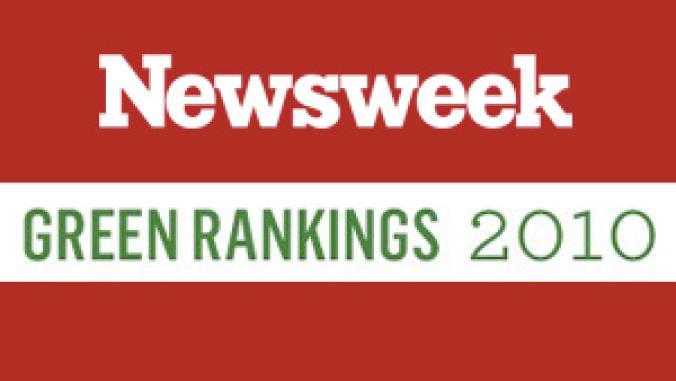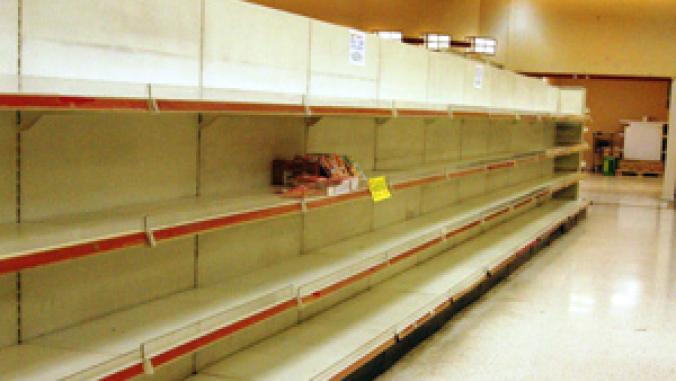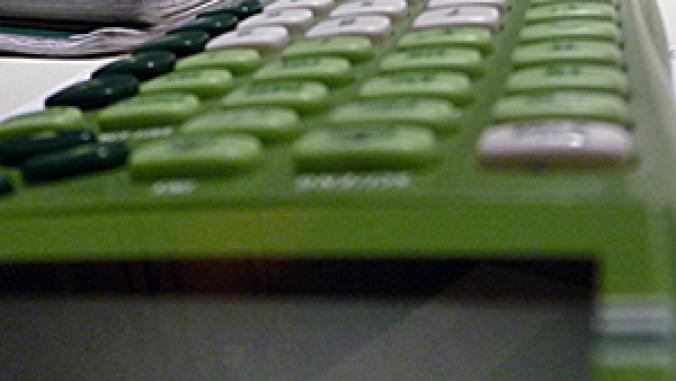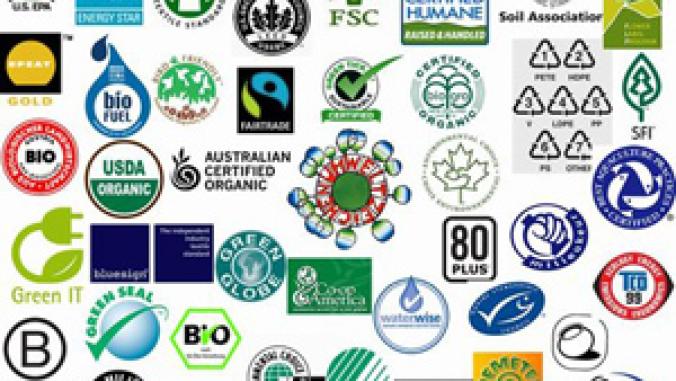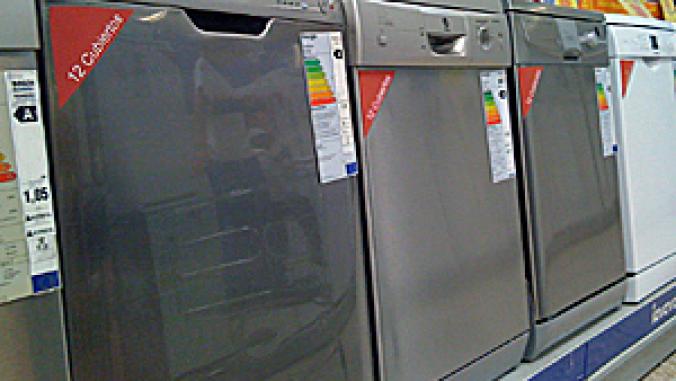What Manufacturers Need to Know About Energy Efficiency Requirements in North America
<p>Several new requirements to ramp up the energy efficiency of goods and increase standards for product testing are going on the books in the U.S. and Canada. Here's summary of what manufacturers need to know.</p>

The progression of energy efficiency requirements is enough to make your head spin, especially if you're a product manufacturer.
Understanding and keeping track of global energy efficiency regulations and program requirements can be a full-time job.
In North America, there have been several significant announcements in recent months that will impact many manufacturers that import products into Canada or are part of the Energy Star program.
Natural Resources Canada announced late last year it will begin regulating energy efficiency for consumer electronics.
{related_content}For many years, NRCan's Office of Energy Efficiency has regulated appliances, HVAC equipment, motors and other types of equipment. Now it has published bulletins to also regulate external power supplies, standby power of televisions, audio/video products, as well as many other product categories.
The proposed regulation is to become effective July 1, 2010, with a second tier of more stringent requirements coming January 1, 2013. The first tier requirements are not too difficult to achieve for most products. For instance, audio/video products need to consume less than 3W in standby mode, whereas Energy Star requirements are now 1W. However, come 2013, the NRCan-required standby power drops significantly.
Another notable change, which was more recently added to the proposal, is that manufacturers must also report the active mode power of televisions, even though there will be no set requirement to meet. This appears to indicate that NRCan may move to regulate active power in the future as well.
Now that NRCan is moving forward with these new product categories, product manufacturers also need to be aware that:
- Regulations apply to all covered products that are imported into Canada.
- They require independent, third-party testing of all such imported products.
- All products must have a verification mark from a third-party certification body.
- Anyone importing the products into Canada must meet specific customs reporting requirements.
More information on reporting requirements, verification and certification bodies that can perform testing is available from NRCan.
In addition to the new regulations in Canada, the U.S. Environmental Protection Agency and the Department of Energy have recently announced some major changes to the Energy Star program.
One of the main drivers appears to be an internal audit conducted by the Energy Department that determined that proper tracking is not in place to ensure appliances with the Energy Star label have actually met the proper requirements.
On September 29, 2009, the EPA and DOE entered into a new MOU for Energy Star that both changes oversight responsibilities between the agencies and looks to implement new program terms. The recently released Enhanced Program Plan (PDF) provides insight into the forthcoming improvements.
Some of the key items highlighted in the Enhanced Program Plan include:
- Enhanced Stakeholder Outreach -- Stakeholder meetings are to occur twice annually in addition to the stakeholder comment process.
- Expansion of Product Categories and Stricter Requirements -- The changes build on the brand awareness to cover as many energy-using products as possible and implement new measures to ensure a line is drawn near the top quartile of products in the market.
- Enhanced Product Testing, Verification and Enforcement -- All products are to be tested by an accredited laboratory before qualifying for Energy Star. Off-the-shelf testing also is to be increased for ongoing enforcement.
The EPA is expected to release further Energy Star modifications in the spring.
Energy efficiency requirements for products are also increasing in markets outside North America. As of October 2009, all televisions sold in Australia must meet minimum energy use requirements and advertise their energy use with the Energy Rating Label system. In 2012, these minimum requirements will increase and televisions not meeting the standard will not be eligible to be sold on store shelves.
The EU has also been busy editing its energy efficiency requirements. In the fall, the Ecodesign directive officially changed from focusing solely on energy-using products, or EuPs, to focusing on energy-related products, or ErPs. The adjustment was made to regulate products that impact energy use and conservation, allowing for a fuller picture of energy efficiency. Examples of products in this category include windows or insulation. Since the 1970's the Japanese have regulated energy efficiency in products through the Energy Conservation Law (PDF). As of April 2010, the latest amendment will go into effect regulating residential building efficiency.
As energy demand increases, governments will continue to evaluate and, if necessary, regulate, the design and use of energy-using and energy-related products to increase efficiency and mitigate demand requirements. Product manufacturers would be wise to understand compliance requirements as well as how energy efficient products can be used for competitive advantage in global markets.
Joshua Saunders is the Global Service line manager for UL Environment Inc. (ULEI), a wholly owned subsidiary of Underwriters Laboratories Inc. As part of his role, Joshua is the program owner overseeing environmental verification and certification services.
Image CC licensed by Flickr user catatronic.

